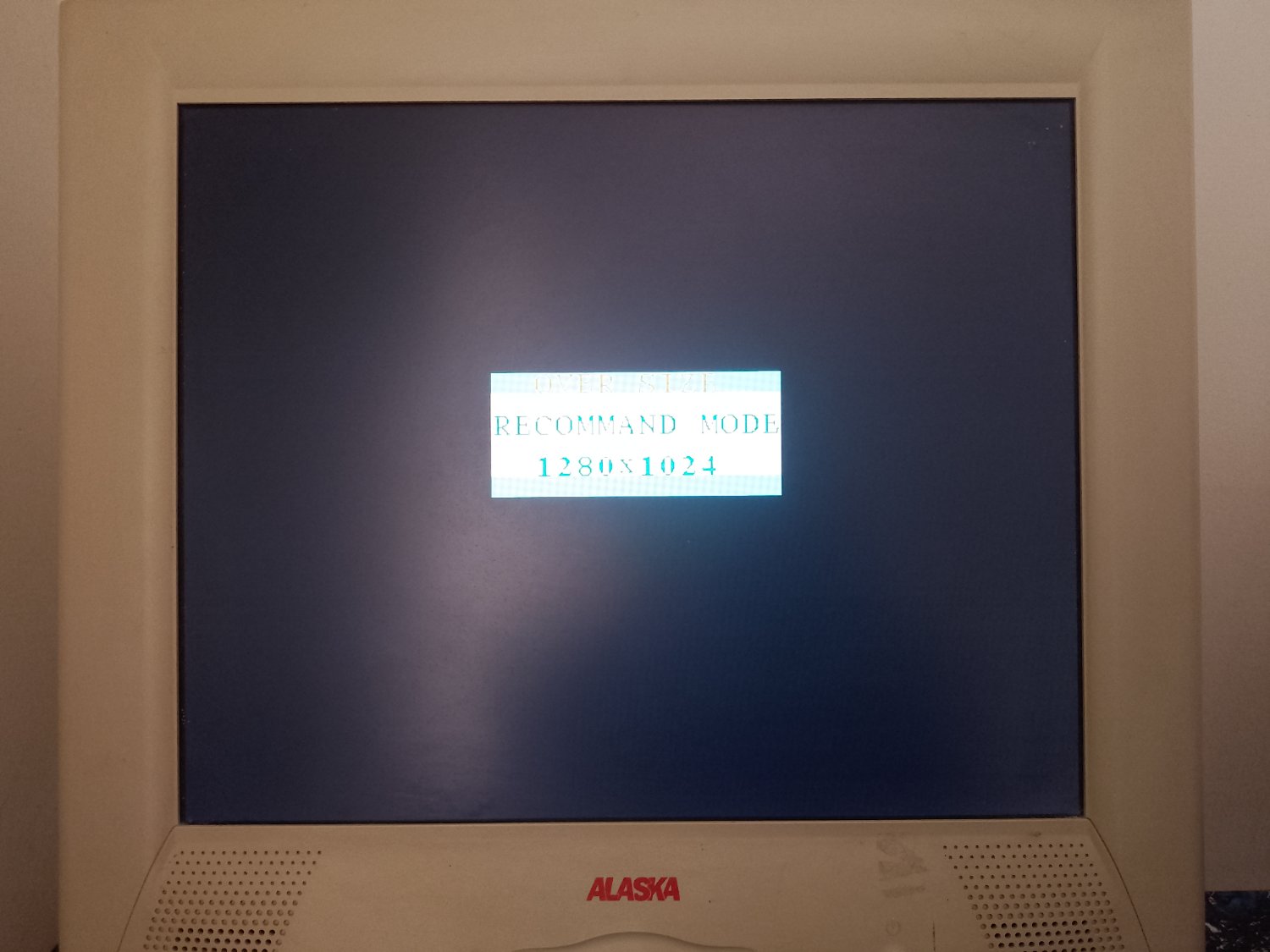this post was submitted on 30 Nov 2023
25 points (80.5% liked)
Linux
47820 readers
813 users here now
From Wikipedia, the free encyclopedia
Linux is a family of open source Unix-like operating systems based on the Linux kernel, an operating system kernel first released on September 17, 1991 by Linus Torvalds. Linux is typically packaged in a Linux distribution (or distro for short).
Distributions include the Linux kernel and supporting system software and libraries, many of which are provided by the GNU Project. Many Linux distributions use the word "Linux" in their name, but the Free Software Foundation uses the name GNU/Linux to emphasize the importance of GNU software, causing some controversy.
Rules
- Posts must be relevant to operating systems running the Linux kernel. GNU/Linux or otherwise.
- No misinformation
- No NSFW content
- No hate speech, bigotry, etc
Related Communities
Community icon by Alpár-Etele Méder, licensed under CC BY 3.0
founded 5 years ago
MODERATORS
you are viewing a single comment's thread
view the rest of the comments
view the rest of the comments

That looks like it might be the monitor's own on-screen display rather than anything Puppy related. My guess is that the monitor hasn't been detected properly and Puppy is putting out a resolution that the monitor can't deal with.
Since the message says 1280x1024, either the monitor is 1280x1024 and can't deal with anything else, or it's not 1280x1024 and is being sent 1280x1024 resolution and is complaining about it.
(Or worse, it's a clock frequency error which was a real problem back in the early days of Linux.)
As for how to fix, the answer is going to be different depending on the age of the base Linux under Puppy and the graphical subsystem.
For X/X11/Xorg it's probably going to need use of the
xrandrshell command, perhaps to delete the mode that is causing the problem. For Wayland, it appears that each window manager has its ownxrandrequivalent. I see talk of agnome-randr, for example.To get to a shell in the first place, try the Ctrl+Alt+F1 key-combo. If the computer isn't frozen, that might get a text-based console login prompt. (Puppy might do things differently here though. Not sure.)
Alternatively, look up how to boot to a single-user shell by modifying GRUB options, that is, if no such option is there already.
Caveat: I am no expert. Take this under advisement. Also try web-searching some keywords. It might be there's a really simple fix for this that I don't know about.
thank you so much!!!